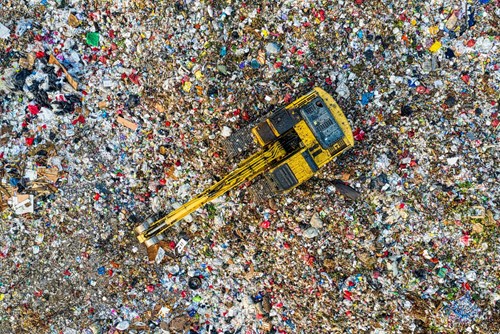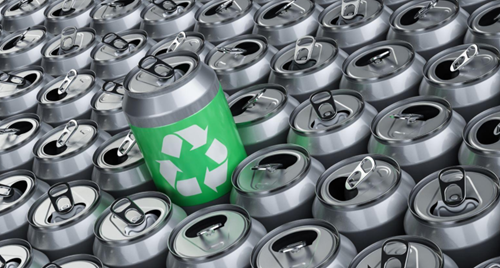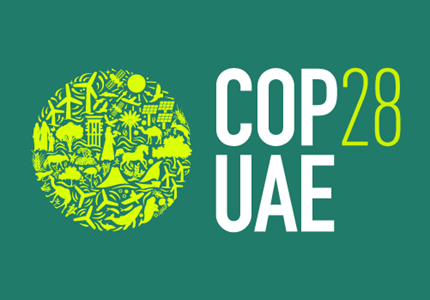

'Cause we are living in a material world…
No truer words stand today as they did when Madonna released her hit song Material Girl nearly 40 years ago.
As we look at our earth today, we are facing three grave environmental challenges – climate change, which is well documented, the devastating biodiversity loss and pollution of air, soil and water – all of which are interlinked by the key theme of “waste”.
The problem is we are using more “stuff” and creating growing mountains of rubbish. We need to break this cycle, both for us and the planet. We use somewhere close to 100 billion tonnes of stuff to fulfil our material wants, of which 90% of this is virgin material (a nice tie back to Madonna!). Sadly, only 30% of the stuff we mine, drill and extract from the planet stays around in any form of permanence and the unfortunate result is that the discarded 70% ends up polluting the land, water or air.


We currently live in what we refer to as a linear economy. This is a fairly new concept. Way back in time we scavenged and repurposed, but over the past century, due to growing a population, increasing wealth and technological advancement, we have ended up using a lot more stuff, much of which is far more complex than wood or stone.
Materials used in today’s society have to be extracted and processed, requiring energy that, on the whole, comes from burning fossil fuels. This should change in the coming decades as we seek to replace these fuels with renewable energy and ultimately reduce the impact this has on our planet, in terms of releasing methane and other greenhouse gases.
The “circular economy” alternatives are based around four main principles: using less, using for longer, recycling it and where possible where we generate waste, get them to regenerate nature.
A comprehensive war on waste can tackle the three environmental crises simultaneously, the question is how can we help?
- Narrow the flow – use less material to make things
- Slow the flow – use products for as long as possible
- Recycle
- Regenerate, using bio-based materials rather than long lasting polluting waste
- Get stuff fixed
- Try to limit the number of garments you buy
- Rent don’t buy
- Build smart
Recycling and reusing things more is where most of our efforts are going to get the circular economy moving. The two main thrusts of the circular economy depend on: the end-of-life recycling rate (which is how much of an old product ends up being used in something else) and the recycled content rate, as in how much of the new product is made from recycled materials.
As an example, the world of metals falls into two groups – those with fairly high rates of recycling, in which we mean more than 50%, and those with very low rates of less than 1%. The first group includes copper and aluminium (wires and drink cans), which, in everyday use, are nearly “pure”, making it easy to melt down and put into new goods.
The second group includes rare earth metals, many of which are mixed to make items such as magnets. To reuse these, you have to chemically separate the elements, which is very energy intensive. Think of the raw ingredients to make a loaf of bread, all straight forward, but can you turn a loaf of bread into its raw ingredients?
If we are serious about addressing the throwaway culture, we need to use simpler materials and redesign processes so that these separation problems are made easier. If we want to create a circular economy, we need to look at flows of materials, not just what happens at the end of their life.

Fulfilling the broader vision of a circular economy will entail huge behavioural and societal change and will be largely driven by self-interest when companies consider this: if companies can make the same products from streams of waste materials that are cheaper instead of virgin materials = higher profits.
At Ravenscroft, we see examples of circular economy within the companies and funds we invest in. BMW, which is held in our Global Blue Chip Fund, has produced a concept car called the BMW I Vision Circular that is designed according to circular principles and can be built by 100% recycled materials. In our Balanced and Growth strategies we get exposure to the circular economy via RobecoSam Smart Materials.
However hard it may be to achieve behavioural change, there is no longer much doubt that moving to a more circular economy is what the planet needs – it takes more than ditching plastic bags or straws, we have to think about the entire cycle.

